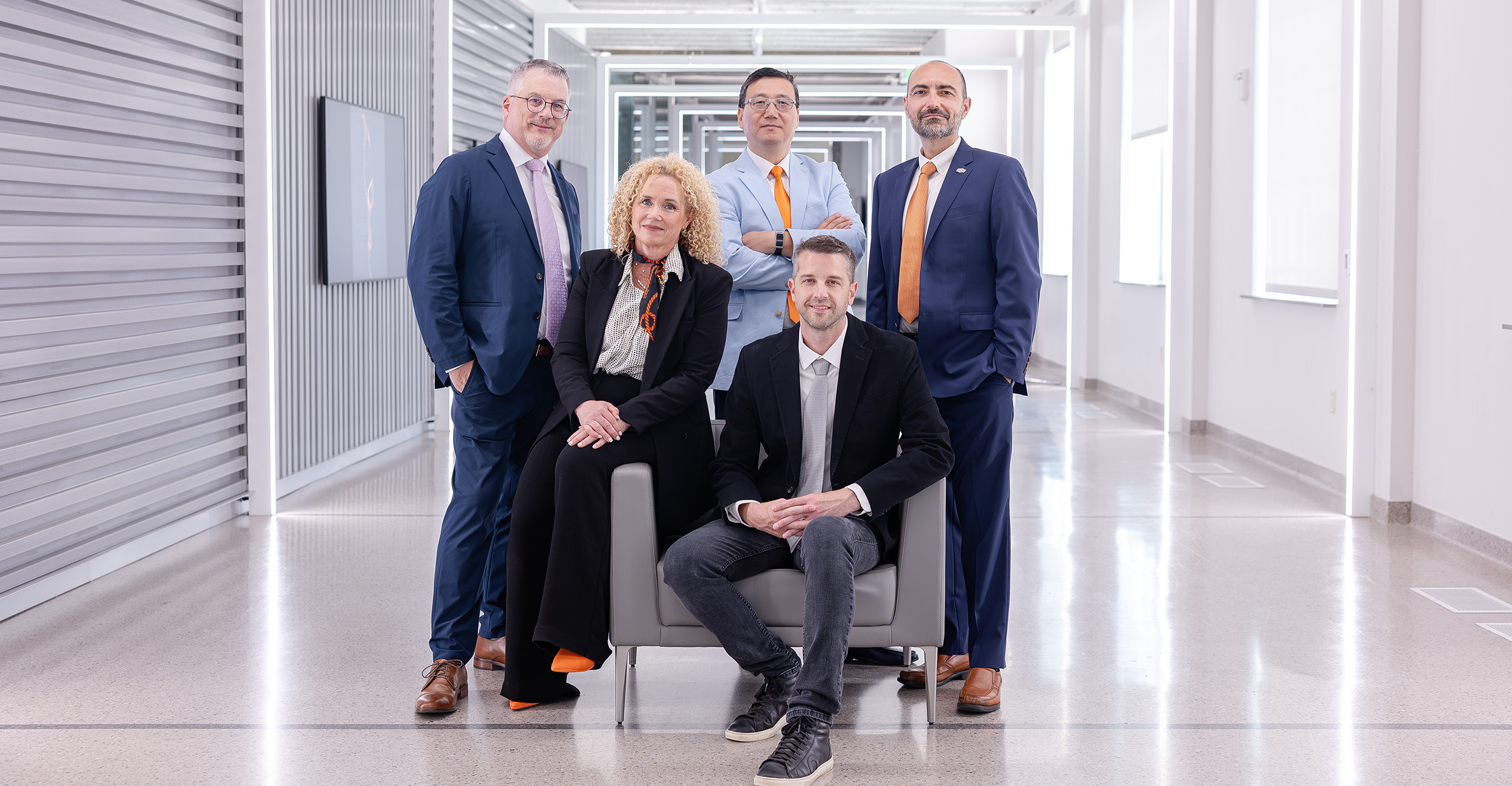
Welcome Aboard: Five new school heads take the leadership reins
Thursday, October 2, 2025
Media Contact: Kristi Wheeler | Manager, CEAT Marketing and Communications | 405-744-5831 | kristi.wheeler@okstate.edu
The five new school heads in Oklahoma State University’s College of Engineering, Architecture and Technology bring diverse backgrounds and oversee different disciplines, but share a common vision: increasing national visibility and fostering collaboration among faculty, staff and students.
Two lead newly formed schools created under Dean Hanchen Huang’s 6G initiative, which reorganized programs with natural synergy to enhance interdisciplinary education. The Division of Engineering Technology and the School of Materials Science and Engineering merged into two new schools to strengthen collaboration.
Effective July 1, 2025, the School of Fire, Construction and Emergency Management was established, combining fire protection and safety engineering technology, construction engineering technology, and fire and emergency management administration, led by Dr. Heather Yates. Meanwhile, mechatronics and robotics, electrical engineering technology, and mechanical engineering technology joined materials science and engineering to form the School of Materials, Mechatronics and Manufacturing Engineering, headed by Dr. James Smay.
New leadership also arrived in the schools of Architecture, Electrical and Computer Engineering, and Mechanical and Aerospace Engineering: Professor Nathan Richardson, Dr. Guoliang Fan and Dr. Rasim Guldiken, respectively.
All five expressed a commitment to building on CEAT’s strong foundation while advancing their disciplines for students, faculty and staff.
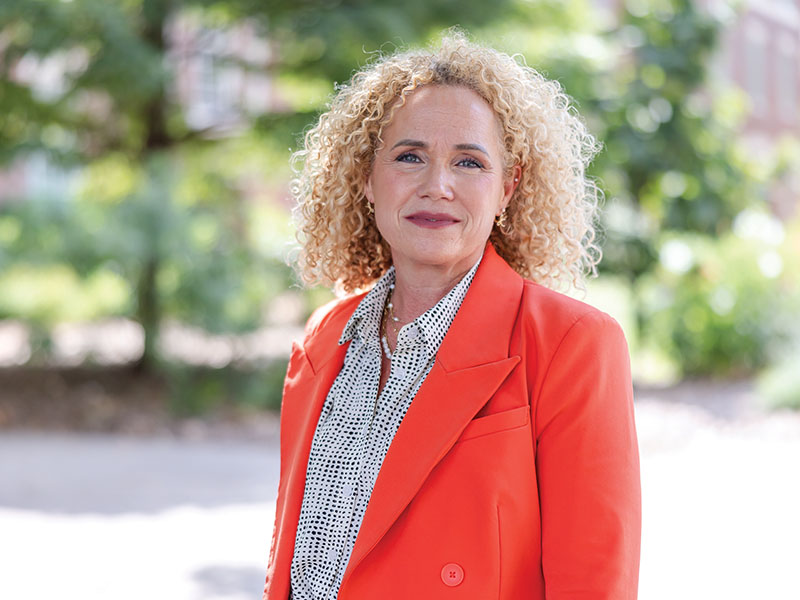
Yates joined the OSU faculty in 2006 after previously teaching and working in multiple roles in the construction industry.
Now, as the leader of the newly formed FCEM, Yates looks to build on the foundations of the fire, construction and emergency management programs and elevate national reputations while capitalizing on the synergies already in place.
“When you think about the pieces of fire protection and safety, construction, and fire and emergency management, they’re all part of the built environment and all include safety,” Yates said. “Our new school is about how the built environment combines fire protection, emergency management, and construction elements.
“Bringing the three programs together allows us to integrate them in a way where we all rise and use the strengths of each other to make the three programs better and operate as one.”
Yates’ bachelor’s degree in construction management from OSU gives her additional motivation for leading the school.
“I have expectations of program rigor because it was challenging when I went to school here,” Yates said. “If we don’t hold that rigor, I cheapen my own degree.
“We have other faculty who have degrees from OSU who feel the same in that we owe it to all graduates to keep up the rigor to produce quality graduates who are comparable to graduates from years before. We owe it to our alumni.”
Yates’ overarching goals for the new school include enhancing student opportunities, faculty satisfaction and industry opportunities. All of these will be accomplished through Yates’ leadership style of leading with integrity, vision and a deep sense of purpose.
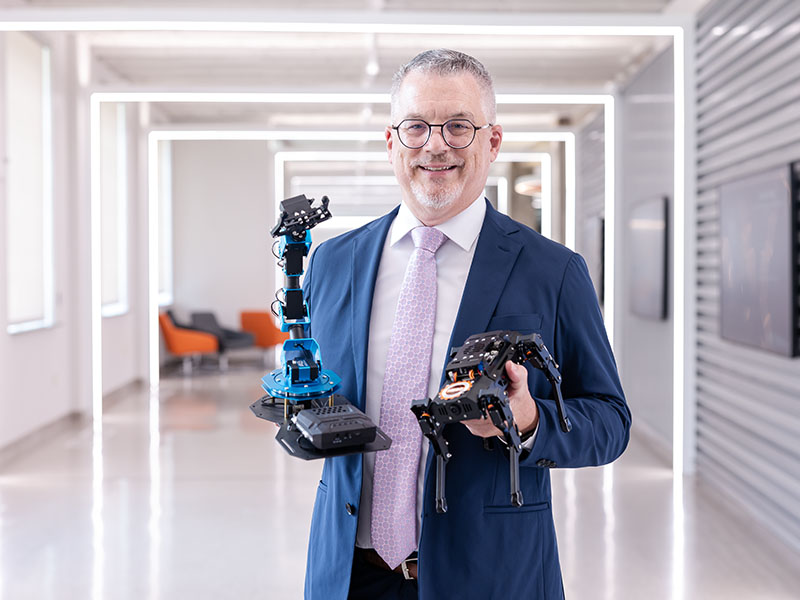
Smay joined CEAT faculty in 2002 and has a breadth of experience in academia and the materials industry, making him the school head of choice for the newly formed MMME School based out of OSU-Tulsa.
As he leads the new school, combining faculty and programs across two campuses, Smay knows he has challenges ahead, but he also knows there are opportunities for synergy too.
“The School of Materials, Mechatronics & Manufacturing Engineering is focused on the right technologies to make a huge impact in Oklahoma,” Smay said. “Materials scientists make fundamental discoveries about the nature of matter and processing, but modern manufacturing is increasingly automated with robots, sensors and actuators. This is where the powerful synergy in our programs lies: leveraging the talents of each expert to move academics and companies forward with the most advanced understanding and tools possible.”
In today’s evolving world, Smay knows the importance of ensuring students get all they can out of their time in CEAT.
“Academic rigor, creativity and innovation go hand-in-hand,” Smay said. “All faculty and students get excited when they learn the most powerful tools to unlock their potential, whether that be in research or in the classroom. It is our job to demonstrate the right tools, show the students how to use them responsibly and unleash them to do great things.”
Smay believes in collaboration and will work with faculty and students in Stillwater and Tulsa to ensure the needs and desires of all are met.
“The formation of MMME was a bold move to create synergy among several related programs,” Smay said. “I hope to build a strong and coherent school across two campuses with an eye toward rigorous academic preparation, a conscious eye on practical applications through hands-on training, to produce highly competent professionals ready for the workforce on day one.”
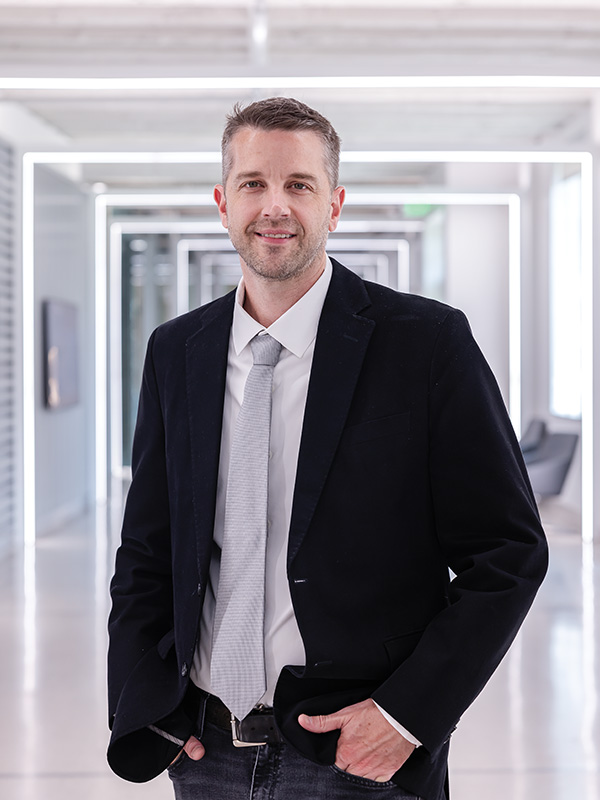
While growing up the son of an architectural engineer and a musician, Richardson found inspiration in his dad’s drawings and mom’s music, sparking a passion in him that led him to a career as an architect, a professor and now a school head.
Richardson graduated from OSU with his Bachelor of Architecture degree in 2003. He worked in the practice of architecture while pursuing his master’s degree, eventually joining the OSU faculty in 2009.
“I’m excited for the opportunity to serve as the school head and eager to get to work with faculty, staff and students,” Richardson said. “Everybody is excited about what they’re doing, and they’re motivated and engaged. It’s a privilege to have a culture that’s healthy where you come in and continue to foster it.”
Richardson’s priorities for the school fall into five categories: visible impact, personal engagement, creative culture, academic excellence and student success.
“I’m really interested in student-oriented initiatives and in those things that help create our wonderful school culture,” Richardson said. “I want to engage the profession and make sure we are creating beneficial opportunities for practitioners and students.”
He sees opportunities in how architecture students learn while looking to the future and new technologies.
“One thing I value about our school is that we hold fast to conventional ways of making things and communicating,” Richardson said. “We don’t want to lose who we are and the value we bring in real physical space and the benefit from seeing physical models and doing sketches with our hands using pens and pencils. At the same time, we welcome new technologies and techniques. We must stay flexible and adapt to new opportunities.”
Teamwork, open communication and shared decision-making are all part of Richardson’s collaborative leadership style that is sure to generate continued success for SoA.
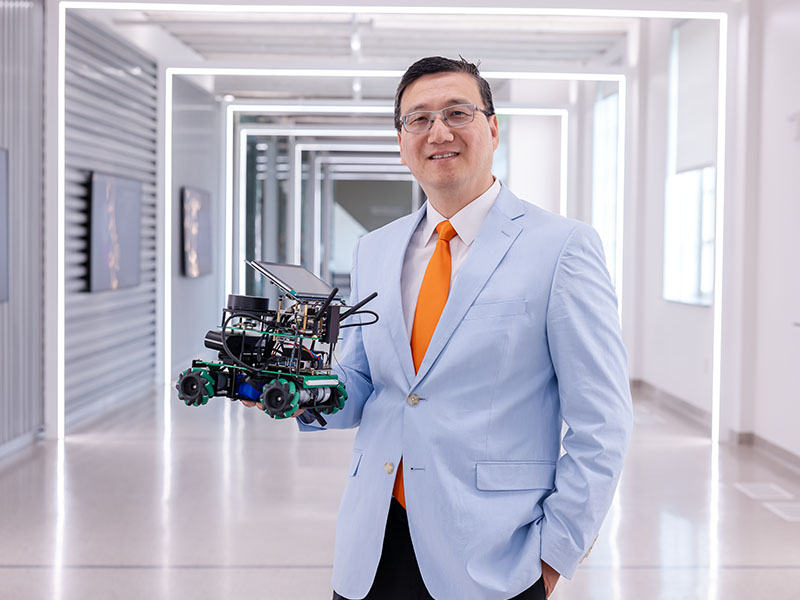
Fan joined CEAT in 2001 as an assistant professor, was selected as the interim school head of ECE in 2024 and received the permanent role Nov. 1, 2024.
While serving as interim, Fan started promoting meaningful interactions between faculty and students with his Engage, Communicate and Empower Framework initiative.
Some of these initiatives include a faculty mentorship program, graduate student training days, a new scholar program, lunchtime colloquiums and monthly meetings with student leaders.
Fan has implemented these programs to expose students to lessons beyond the classroom.
“In fall 2024, we launched a new tradition — the ECE Vogt Lunchtime Colloquium Series,” Fan said. “This series features invited ECE faculty who present their latest research in an accessible, student-friendly format. The goal is to spark curiosity and broaden students’ perspectives without being overly technical.
“In addition, I am committed to strengthening connections between students and alumni. During the recent induction of two CEAT Hall of Fame members, we organized a roundtable discussion led by IEEE, where students engaged in meaningful conversations with these distinguished alumni.”
He also committed $20,000 annually to the ECE Miller Research Scholar Program.
“Currently, about 5% of ECE students are engaged in research projects,” Fan said. “My goal is to double that number over the next three years by expanding the program and securing additional scholarship support.”
Fan’s Engage, Communicate and Empower Framework and 3I (Innovation, Integration and Interaction) Leadership Style and 3T (Trust, Transparency and Teamwork) Values allow him to continue building ECE’s culture of growth and success he has been laying since 2024.
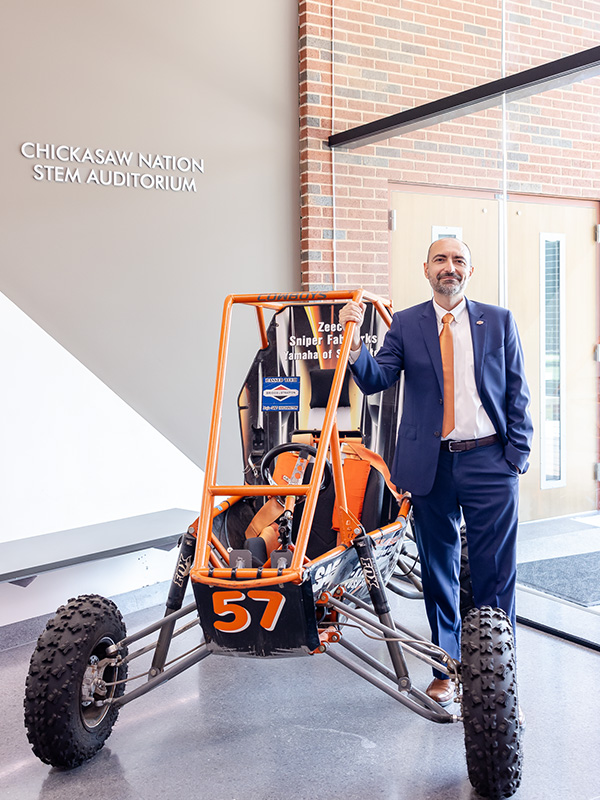
Guldiken joined CEAT as the head of the School of MAE on Feb. 28, 2025.
Through leadership roles with the American Society of Mechanical Engineers and the University of South Florida, Guldiken learned about the impact CEAT is having in the field of mechanical and aerospace engineering. His already proven commitment to fostering a culture of collaboration, inclusivity and mutual respect made him a natural fit for the MAE School Head role.
“I naturally engage with students, faculty and the community by fostering accessibility, collaboration and shared purpose,” Guldiken said. “I remain visible and approachable with students: attending events, supporting advising efforts, and creating channels for their voices in decisions. For faculty, I promote trust, transparency and academic excellence, encouraging collaborative research, equitable workloads and professional development.”
Guldiken also fosters creativity among those he leads.
“I encourage faculty to design curricula and classrooms grounded in strong standards while allowing space for exploration, problem-solving and student-driven inquiry,” Guldiken said.
“Students should actively seek opportunities to ignite their creativity and deepen their understanding of engineering fundamentals. Whether it’s through immersive senior design courses or independent studies with faculty, students have avenues to bring ideas to life. Our professors lead cutting-edge research, providing incredible spaces for students to explore and experiment.”
Already, Guldiken has seen how impactful the MAE faculty are in their respective areas. He wants to ensure others know the impact as well.
“My top priority is to spotlight the exceptional work of our faculty: from groundbreaking research and transformative instruction to community engagement,” Guldiken said. “The MAE faculty are passionate, innovative and humble in their pursuit of excellence. They lead bold, creative initiatives that deserve recognition beyond our campus and Oklahoma.”
Photos: Ellie Piper
Story by: Erin Portman | IMPACT Magazine
